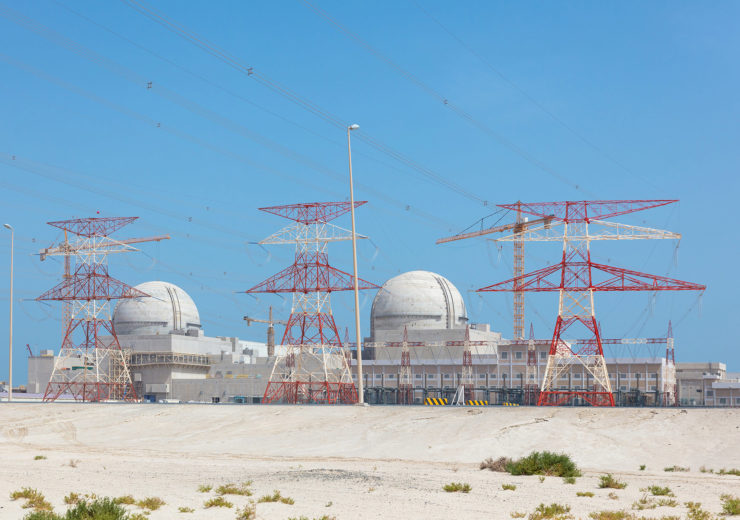Nawah to begin operational readiness preparations, testing, regulatory inspections, and international assessments for Unit 2 of Barakah nuclear project

The Barakah Nuclear Energy Plant is located in the Al Dhafra region of Abu Dhabi. (Credit: Emirates Nuclear Energy Corporation)
The Emirates Nuclear Energy Corporation (ENEC) has announced the completion of the construction of Unit 2 of the 5.6GW Barakah Nuclear Energy Plant located in the Al Dhafra region of Abu Dhabi.
The 1,400MW unit has been officially handed to ENEC’s operating and maintenance subsidiary Nawah Energy Company (Nawah), for operational readiness activities.
Barakah nuclear plant Unit 2 to secure operating licence
Nawah will now begin operational readiness preparations, testing, regulatory inspections, and international assessments that are required for secure the operating licence for the Unit 2 from the UAE’s independent nuclear regulator, the Federal Authority for Nuclear Regulation (FANR).
The latest move follows the successful completion of hot functional testing, structural integrity testing and integrated leak rate testing.
ENEC CEO Mohamed Al Hammadi said: “The completion of Unit 2 construction activities in adherence to the highest international standards of safety, security and quality, and the handover of all systems to Nawah for commissioning are important milestones that reflect the dedication and skill of everyone involved in the UAE Peaceful Nuclear Energy Program.
“These achievements also highlight the benefits of building four identical reactors simultaneously, as the lessons learned during the construction of Unit 1 have contributed to the successful development of Units 2, 3 and 4 of the Barakah Plant.”
In February 2020, FANR has issued 60-year operating license for unit 1 of Barakah power plant.
Construction of the power plant’s Units 3 and 4 are 92% and 85% complete, respectively, while the overall construction of the $24.4bn Barakah Plant is 94% complete.
Upon fully commissioning, the power plant will have capacity to meet around 25% of the country’s electricity needs and avoid the up to 21 million tons of carbon emissions annually.
